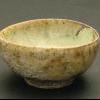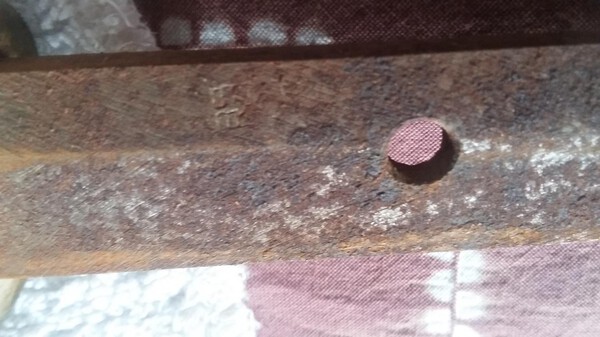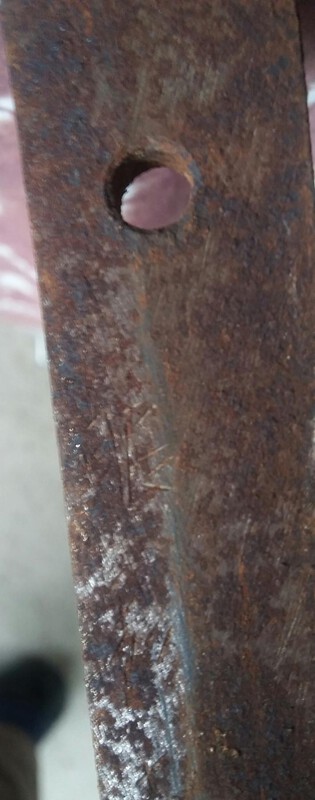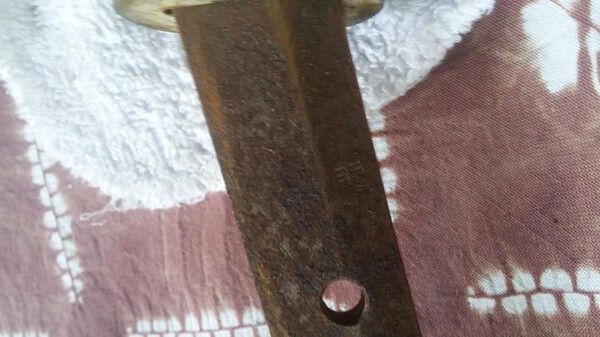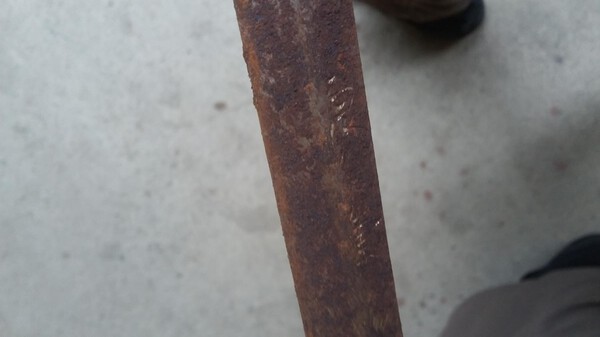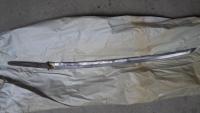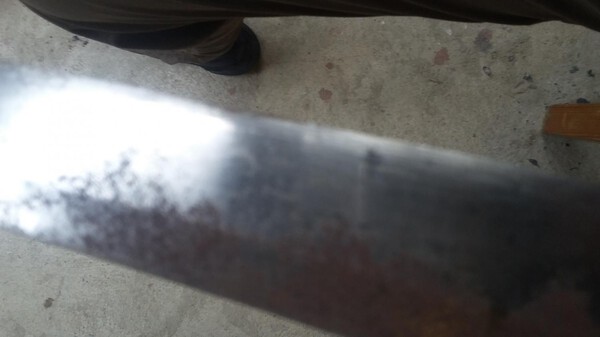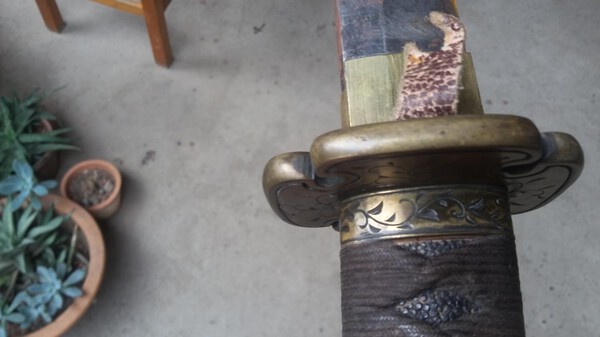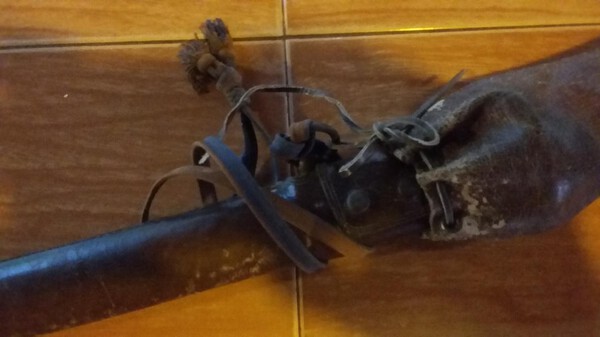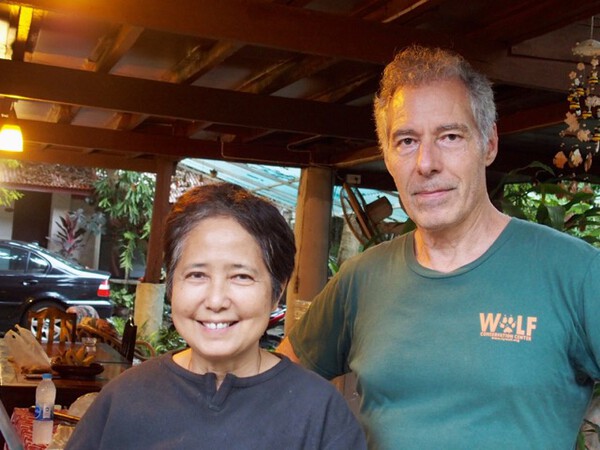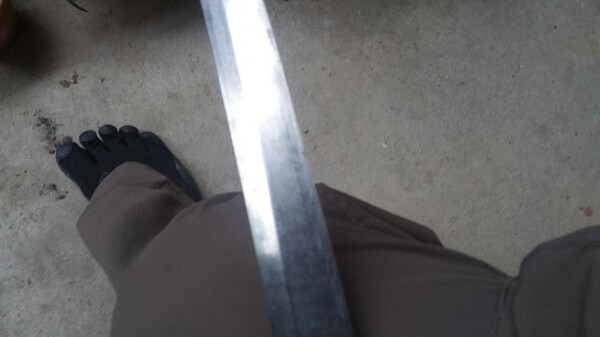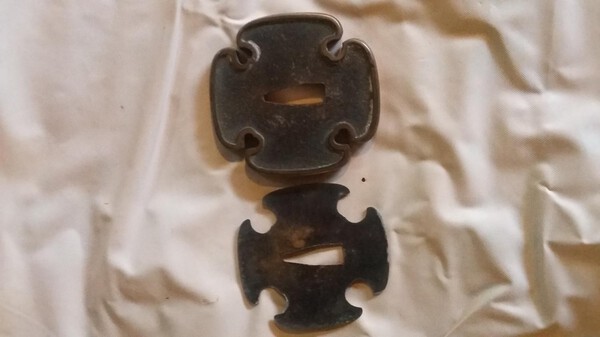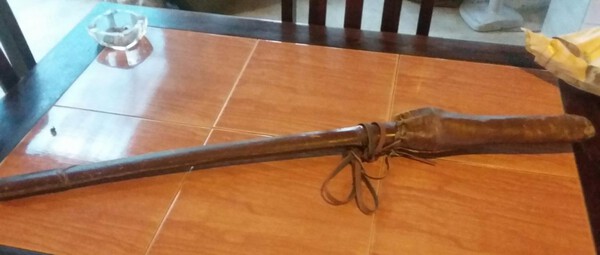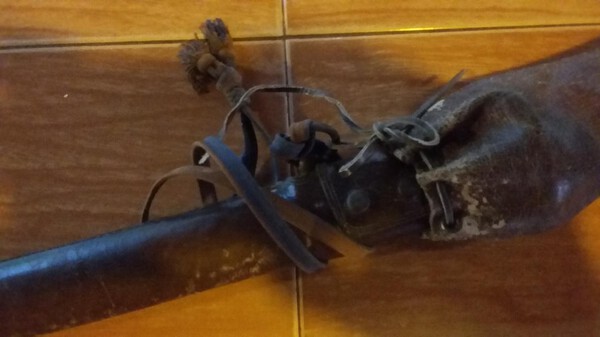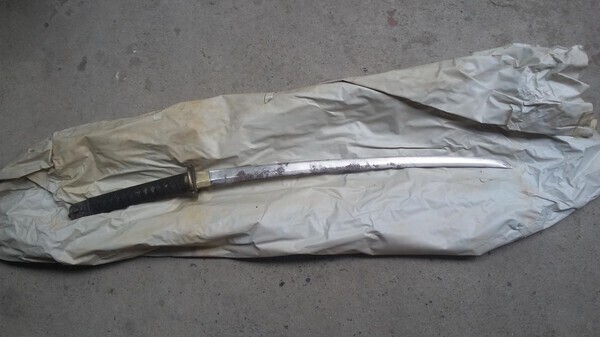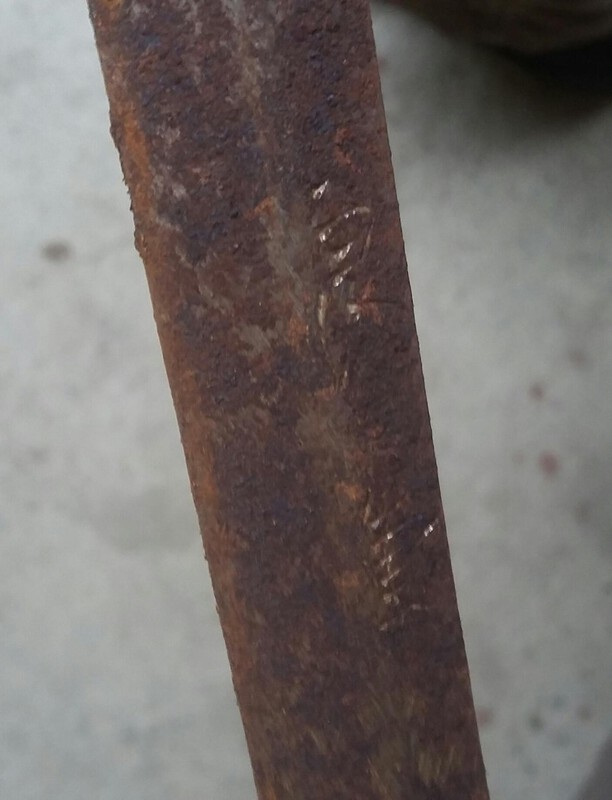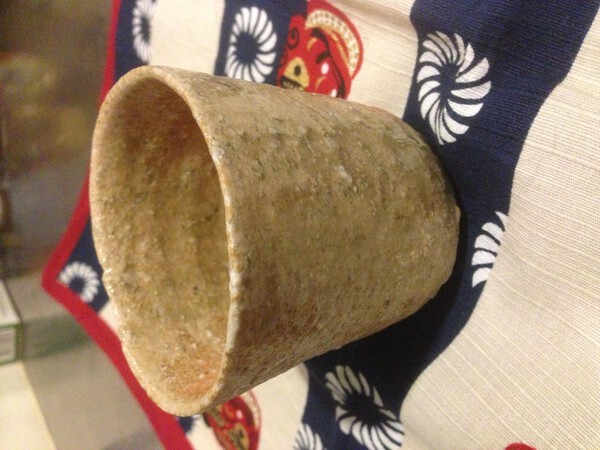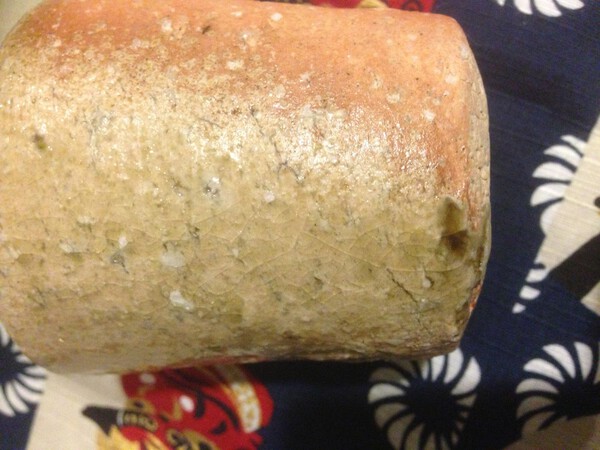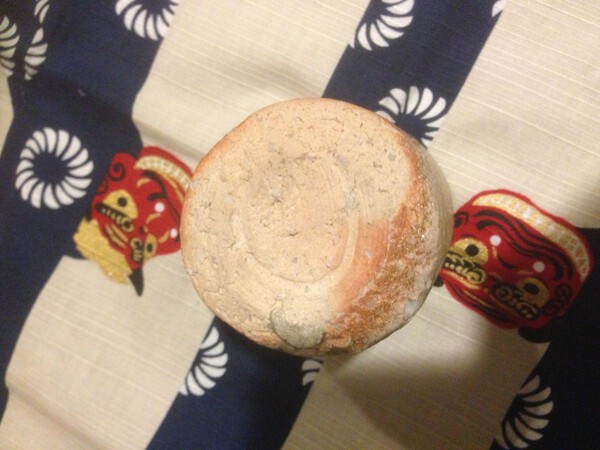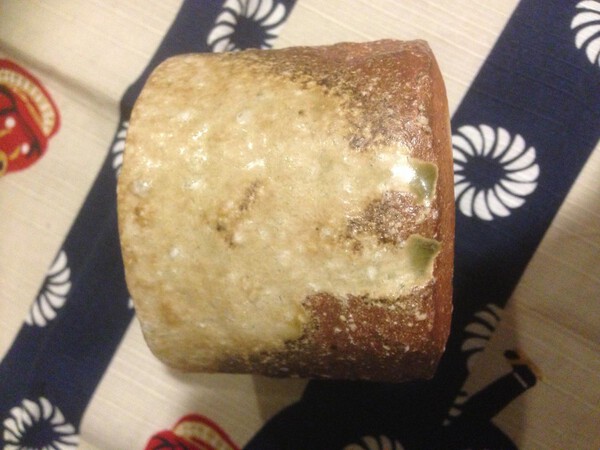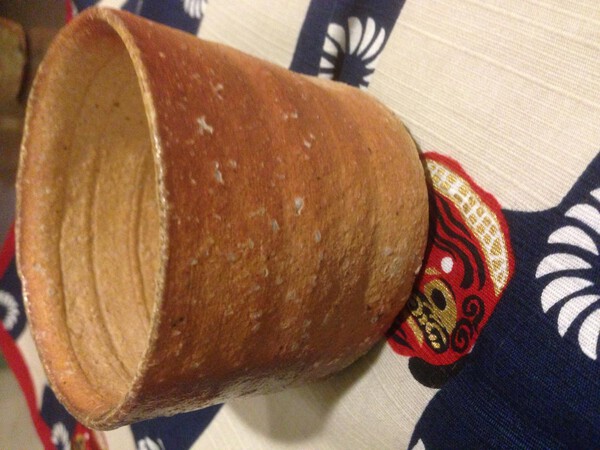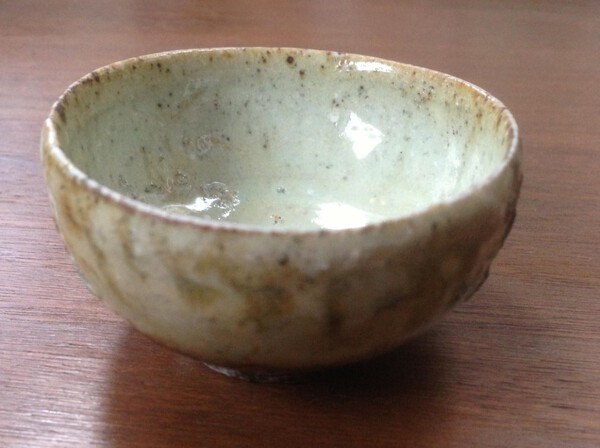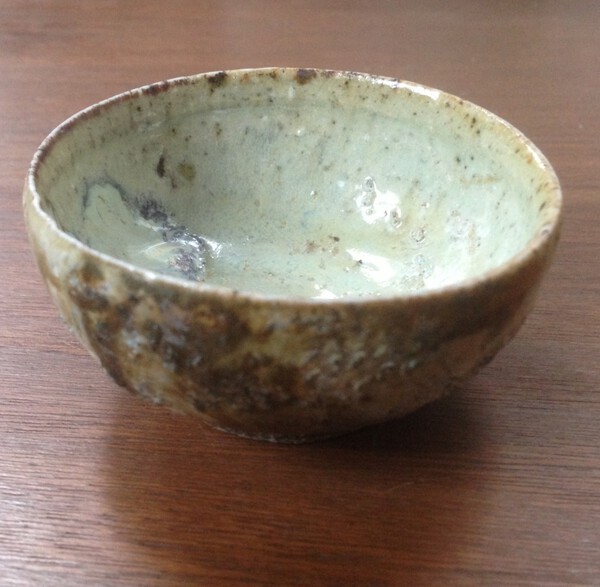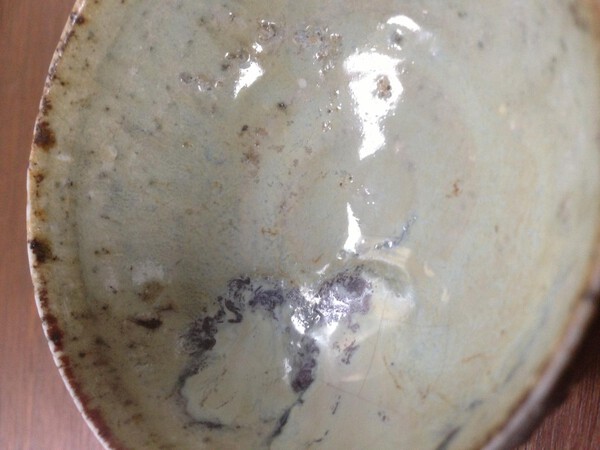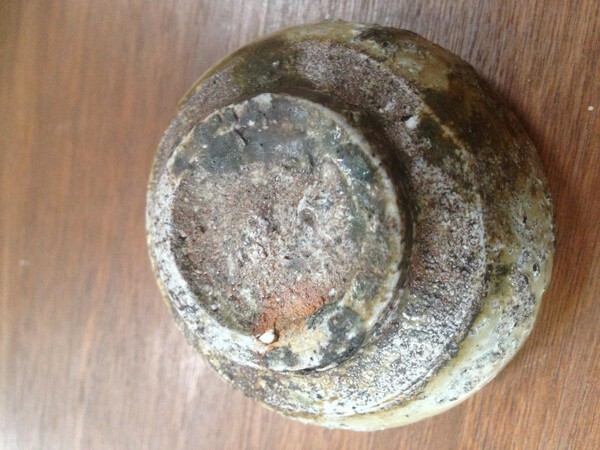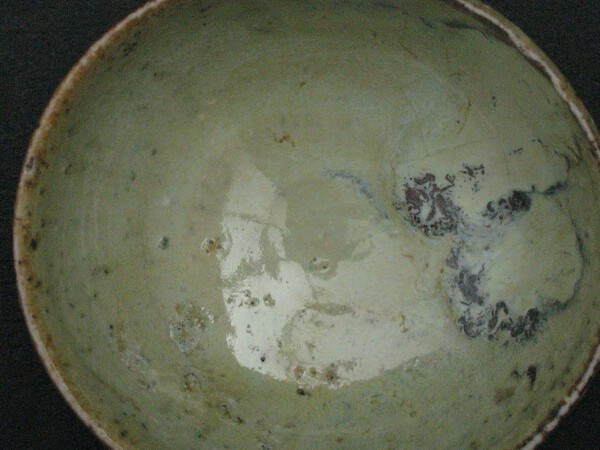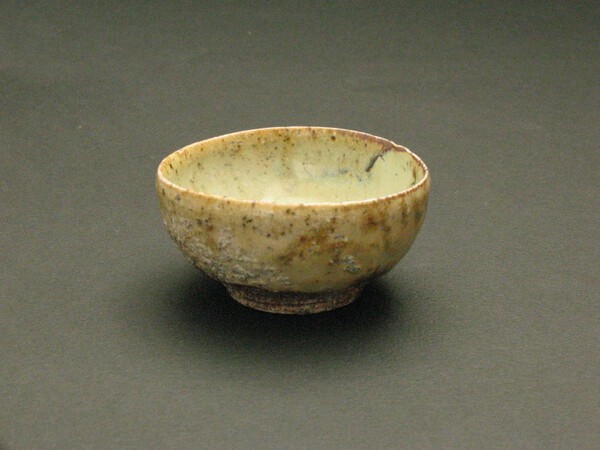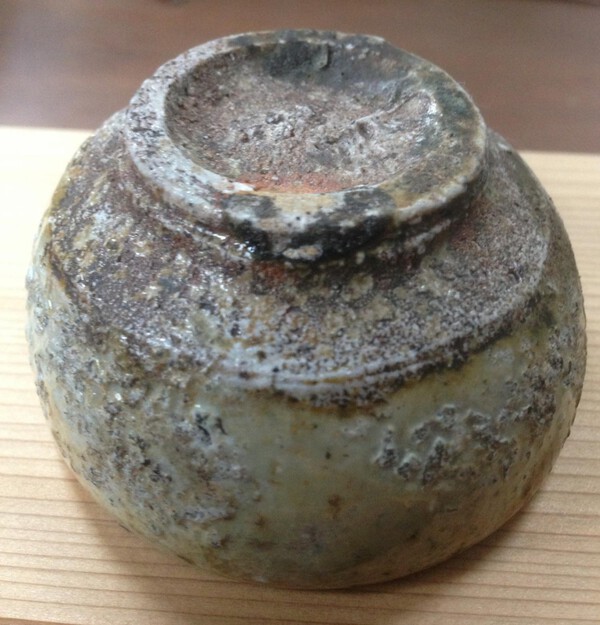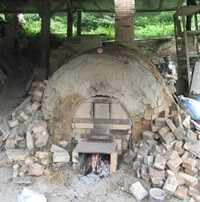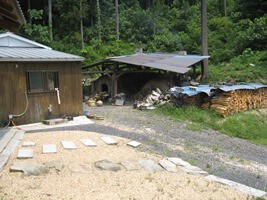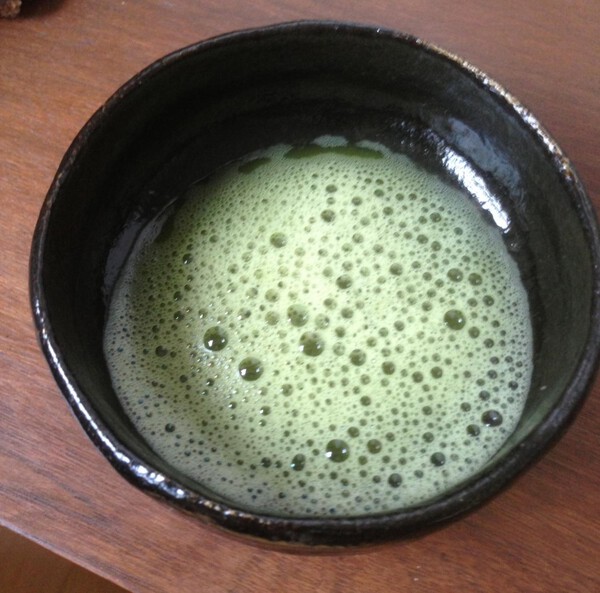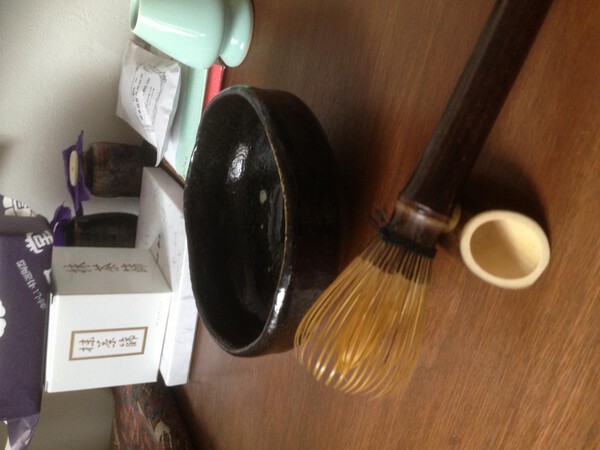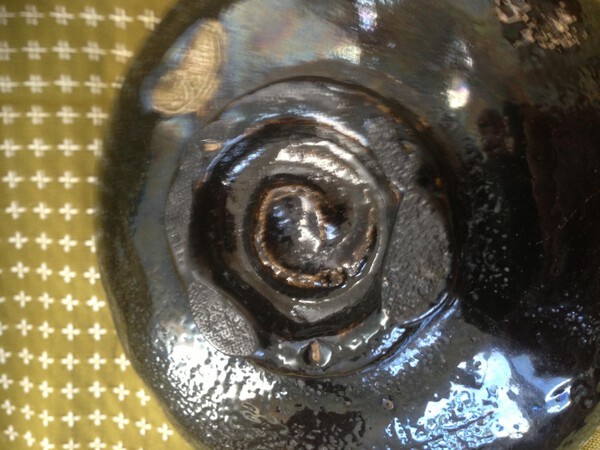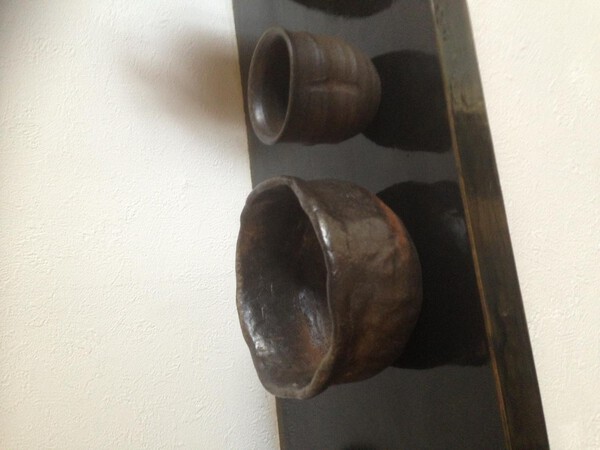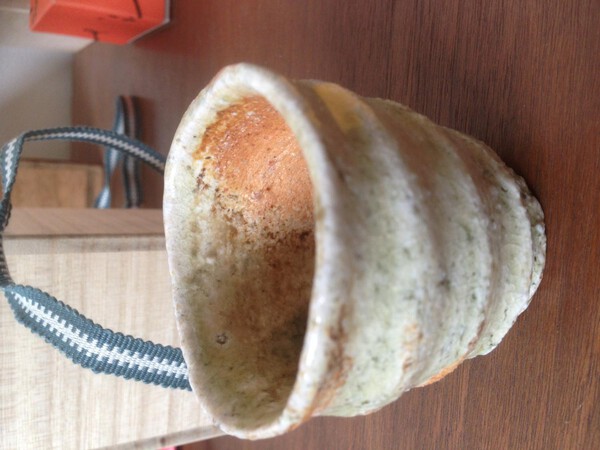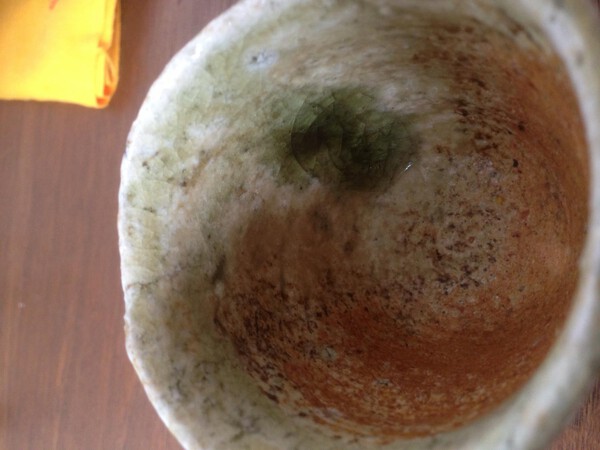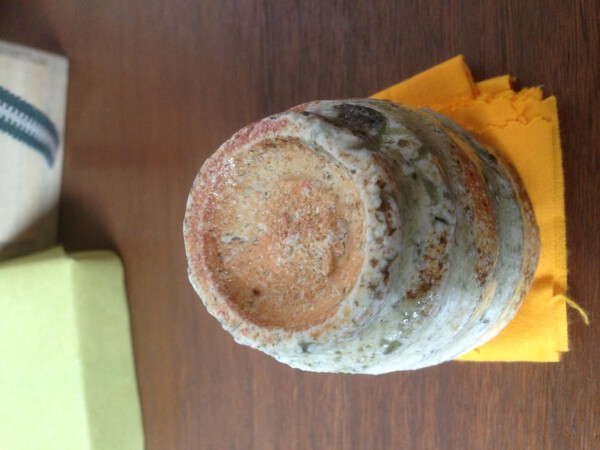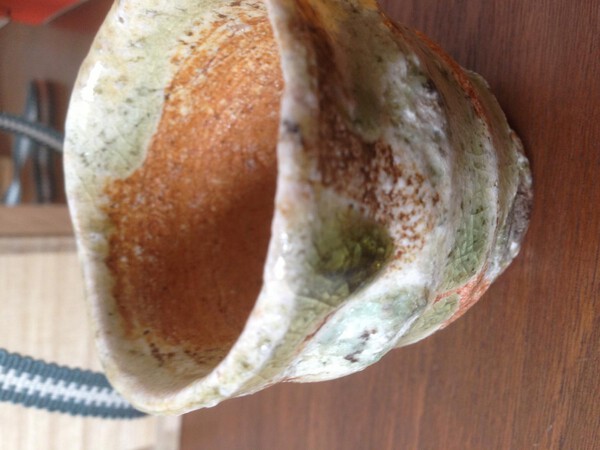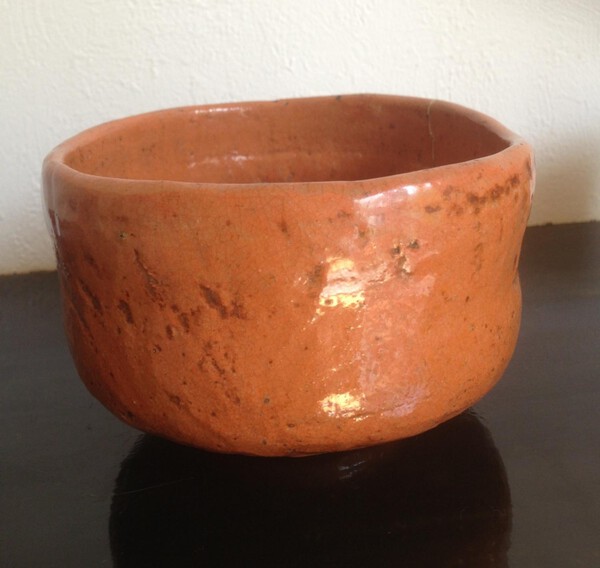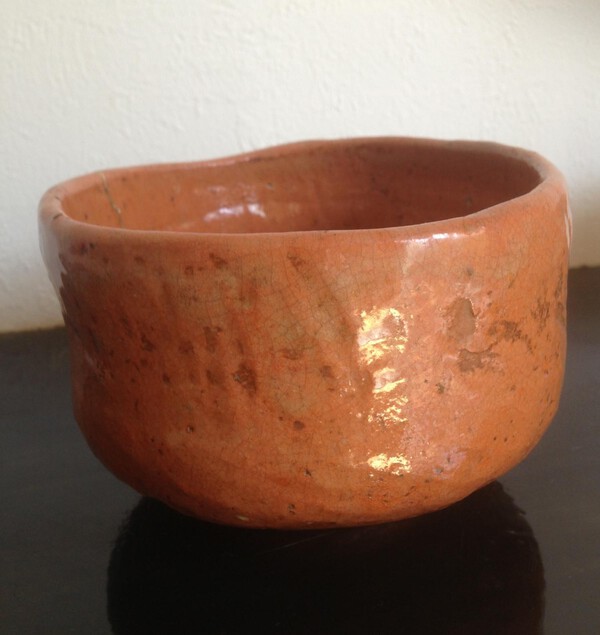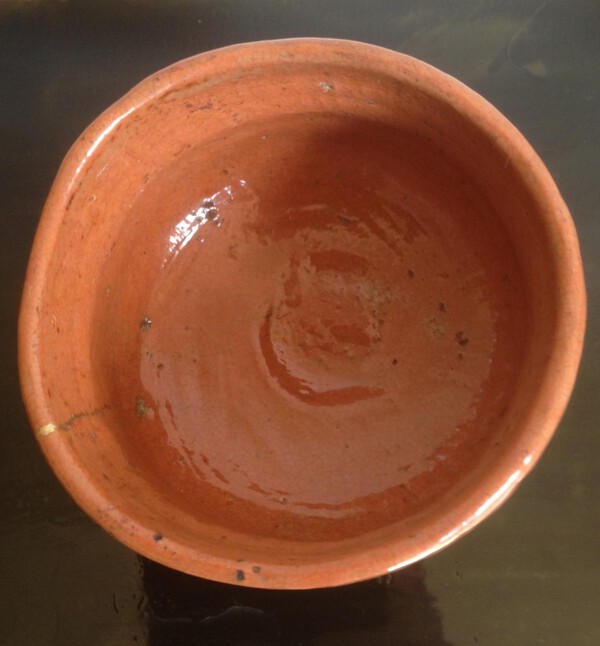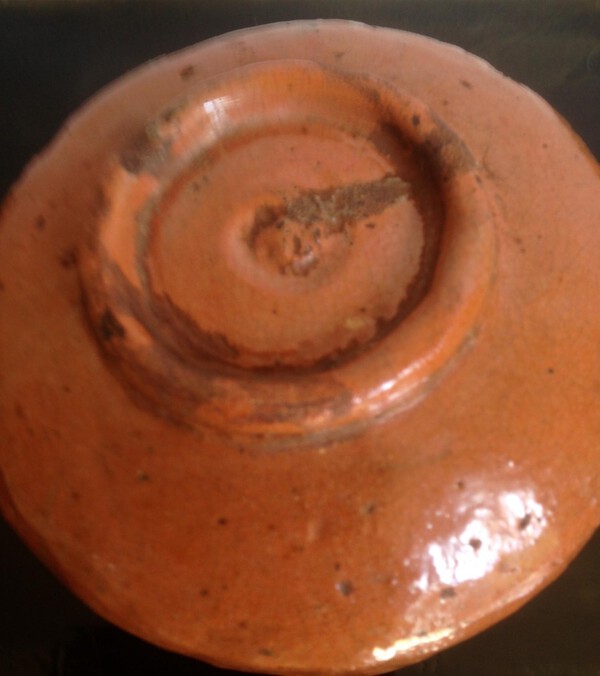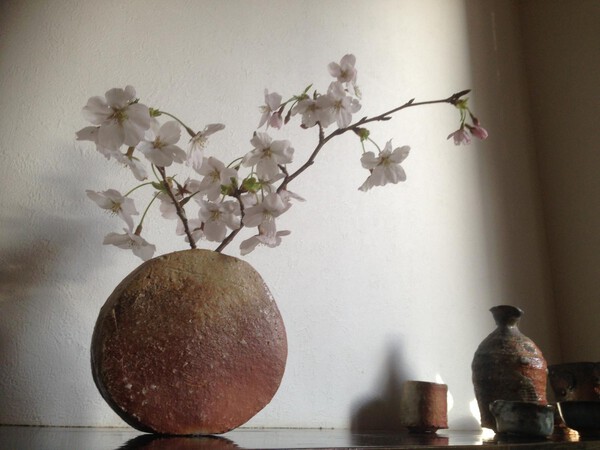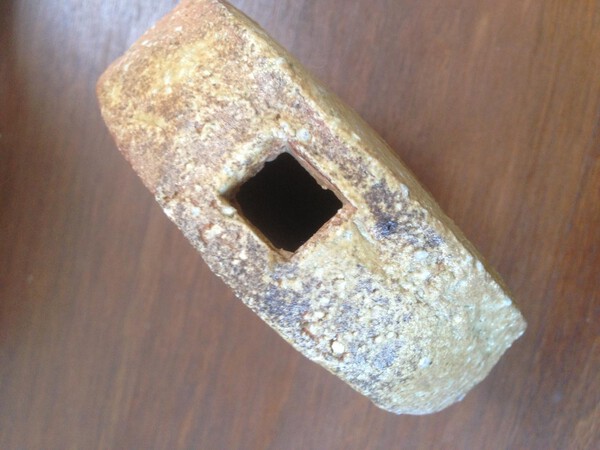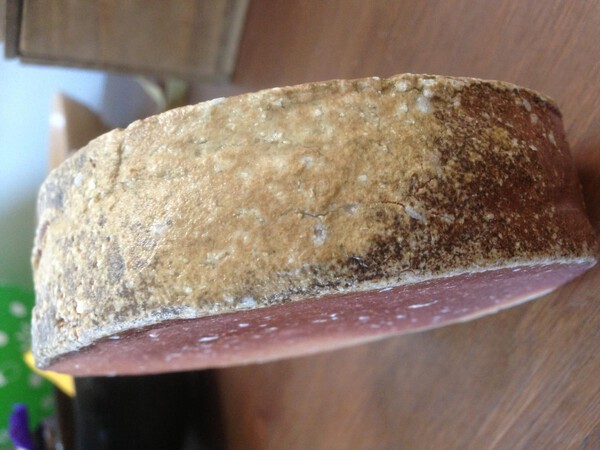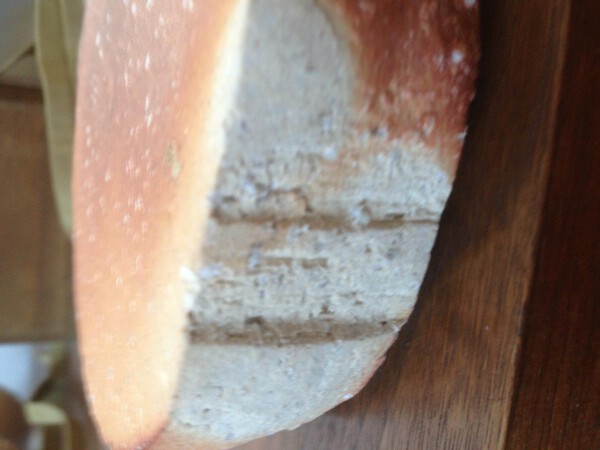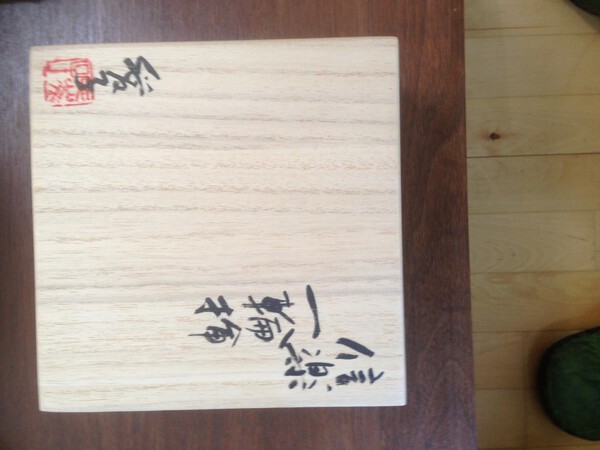-
Posts
279 -
Joined
-
Last visited
Everything posted by Aloof Pegasus
-
Wolf Conservation Centre is a very worthy charity.
-
Thanks everyone. You have no idea how much pleasure all this has given the owner.
-
-
Jean Heavy rust mate. But did find a stamp and another kanji on the nakago hantai. If I was back home in J and with the sword I would certainly follow yr excellent advice. Google is giving me nothing for a Chiang Mai nihonto group. Maybe in Bangkok. The owner is following this thread with a lot of pleasure and thanks you all for yr help. Pics to follow.
-
Jean, where did you think the seki stamp was? I was hoping under the sig.
-
-
Cheers for that quick trans.1920's?
-
-
Sword arrived early but...as you see. On a footnote to this story- maybe a fitting one. When he gave the lady pictured below's grandfather Major Iguchi-san knowing his strong Buddhist beliefs assured him that the sword was never used to kill a living thing. On the off chance I sent the kanji to a mate to see if he could make anything out. Maybe...
-
I just ran across a story which I'd like to share here. Some may feel this post is a tad premature: no details, no pictures, not much provenance. You must judge for yourselves. In any event photos will be forthcoming-hopefully, just not today. If it's any consolation I'm as anxious to post them as I hope you will be to see them. Last week I fetched up in Chiang Mai in northern Thailand in a rustic and charming Airbnb. The lady owner who is in her early '60's lives in the house her grandfather built from teak logs deemed unsuitable for export by his English employers. So he got them for free. This was in the period 1910-30. The house itself is raised several metres above ground-level on the above mentioned slightly misshapen teak logs which still bear the marks of axes. Recently cement cladding painted white was added around the bases of these logs as reinforcement. It is shady and pleasant underneath the house. There are tables and chairs where one can have breakfast and so on. Guests sleep in rooms in the tree studded grounds. Last evening I was sitting there talking to her about the house and her grandfather who was Chinese and educated in boarding school in India in the 1890's. He married a local beauty known for her tender years and beautiful pigtail, and took her to live at the jungle logging operation where they had a daughter, the mother of the lady telling the story. This grandfather founded the family fortune. He prospered under the English, and through the war years, he worked closely with the Japanese. In fact in 1945, just before his arrest an army officer entrusted his sword to the grandfather, preferring to leave it to a man he had worked with rather than see it fall into enemy hands. His name may have been Iguchi-san. He could have been a major. Indeed so close had they become that- and here the story becomes slightly garbled- someone in the Japanese family contacted the grandfather in the succeeding years wanting to co-operate in some business venture or other. It doesn't seem to have been the officer but a family member. Nor did anyone request the sword's return. Or if they did it wasn't sent because at present it is in the ladies' other house where her mother still lives aged 90 a mere 10 kilometres from where I write, hidden under a bed and wrapped in something nondescript. As to the sword itself the story gets even sketchier. It is a 'long' katana. From the sound of it in gunto mounts. Over the years the lady did her best to take care of the sword: preventing a 'bad' nephew from getting his hands on it to sell, oiling the blade with coconut oil and removing any small rust patches with sanding paper. She has promised to bring me the sword to examine next week. To be continued.
-
Here's a link to urushi ware made by Kasho Yoshida in Kaga. http://kasyouchaki.jimdo.com/作品紹介/棗/
-
My first time to see pieces like this, Bernard! Manga yakimono! Got to have legs! You really do have wide ranging taste. Thanks for showing them to us.
-
Great link Bernard. Btw here's a link to a good, reasonably priced tomobako maker where they speak English. Sanadahimo and paper cover incl in the price. http://www.mihagi.co.jp/user_data/en-woodenbox.php
-
Here's a couple of Aiko Watanabe yunomi, simple every day items of use that show off the great Shigaraki clay. One of the truly unencumbered pleasures of life in Japan is to find yourself being served in some restaurant or other with this level of cup or plate or tokkuri.
-
-
Thanks for posting the Tanba guinomi, Bernard. I hadn't come across this potter before. Here's a link to an American potter living here. I like the guinomi and some other pieces. his blog is full of info about his experiments with ash/glaze mixes, and often illustrates the different results from the pot in question's position inside the anagama. http://karatsupots.com/wordpress/2014/11/e-madara-karatsu-yunomiguinomi.html
-
Hello Bernard Thought you'd like to see pics of Aiko's kiln. Link to an exhibition in 2014 here http://www.kurodatouen.com/blog/watanabeopen
-
The post 58 guinomi arrived then? That's got quite a lot to it, hasn't it! Here's some morning tea without ceremony pics to compliment Henry's. Bowl is by Keinyu (1817-1902). His stamp shown below is the one on the underside and is the earliest version. He had four throughout his long lifetime.
-
Hello Bernard Nice guinomi mate! I like that one. Going round Izu visiting onsen and kilns as perhaps Chris used to do when he was living there is fun. As you know anagama are only fired twice or thrice a year and I never managed to fit in with Aiko chan's or any other Iga or Shigaraki kiln's schedule. I did visit a Bizen place where they will send it on once fired after a week or so and made a tokkuri, subsequently the cause of much hilarity. It was so heavy I used to hide it in my mates backpacks before a day on the hills. It went up Takaosan twice and Oyama once before the inevitable happened. Here's a chawan I also made along with a sake cup by the resident potter, both Bizen in style. You roll clay into long cylinders and build them up before trying to shape in an interesting way, easier said than done as you can see. I wasn't allowed to attempt a koudai (or to sit with the other students). I'll pm you some links after I remember their names- been a while since my last purchase.
-
Nice bowl Bernard. All the posting on this new section, digging out various bowls for sale and so on has re-ignited my interest in tea. But in preparation for this evening's debauch here's another Aiko San Iga guinomi from 2012.
-
Here's an Akaraku chawan with kintsugi suitable for a cherry blossom viewing party. Vintage or older, the box is certainly rickety enough for a Meiji piece.
-
Nice Bernard thanks for posting. Yr pics make the piece much more appealing. Pace Christian maybe 'cruel' should be withdrawn? You are changing my taste in yakimono.
-
Hello Bernard & Henry (my pleasure, Henry) Here's something you don't see every day, a Shigaraki ichirinzashi from Aiko Watanabe 2011. I've only seen one other but I'm sure there must be more! It belongs to a friend.


